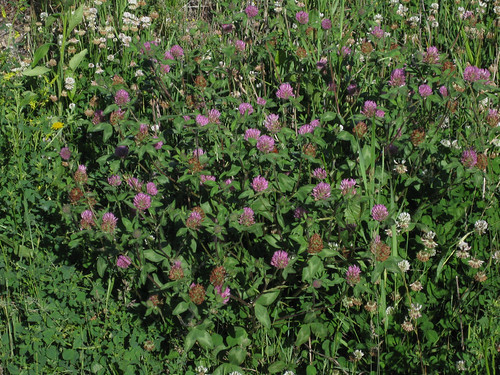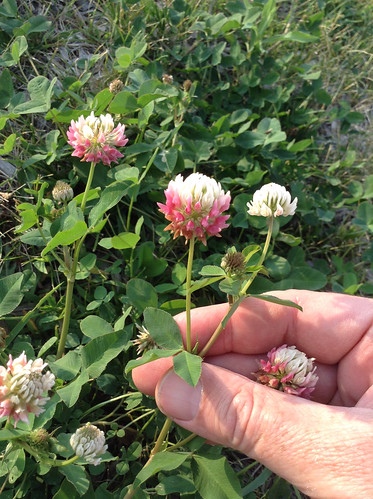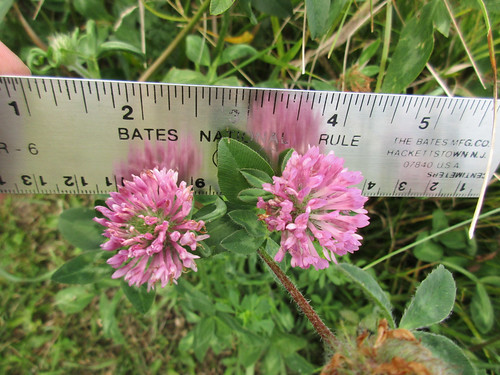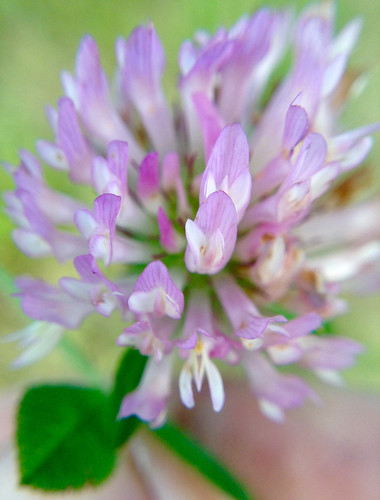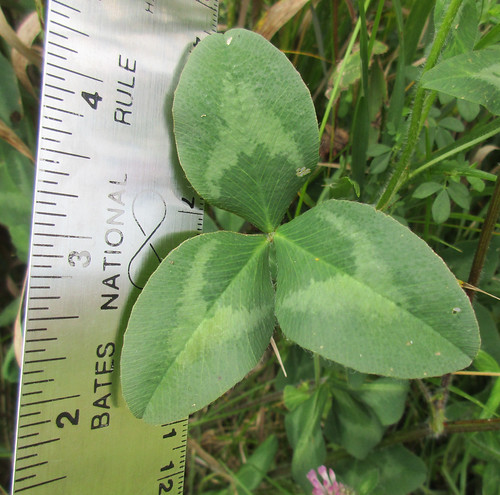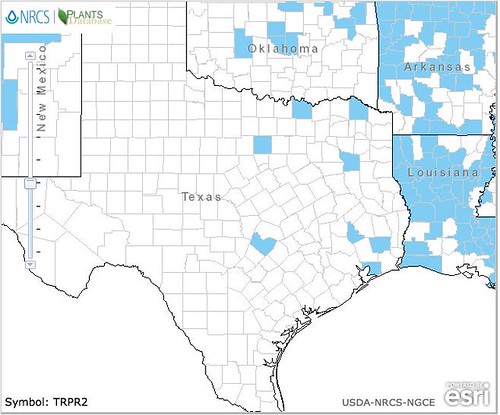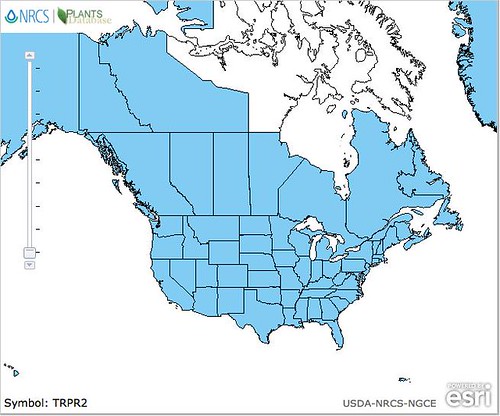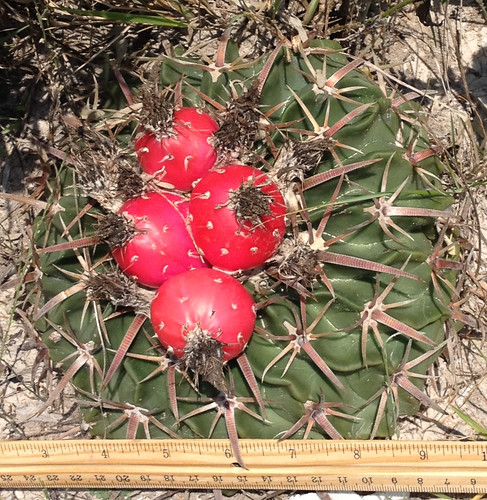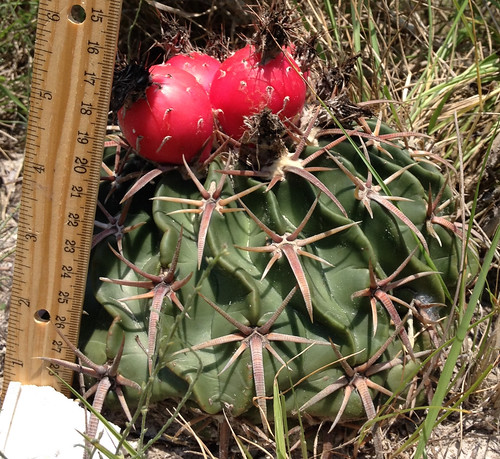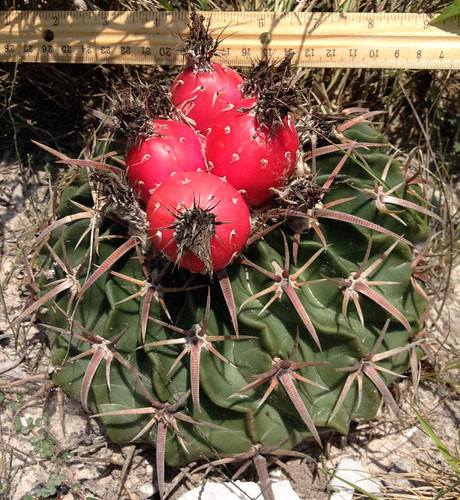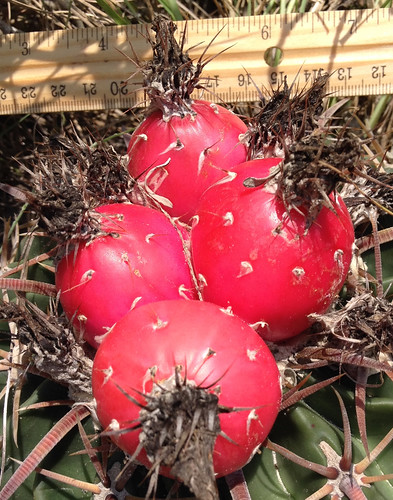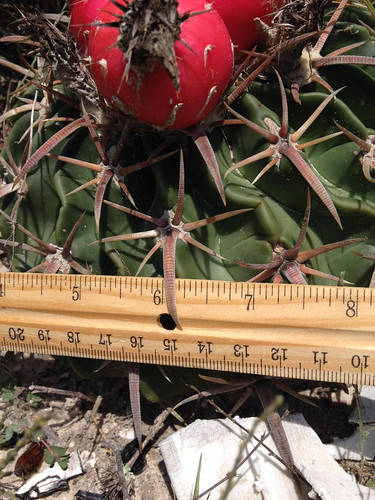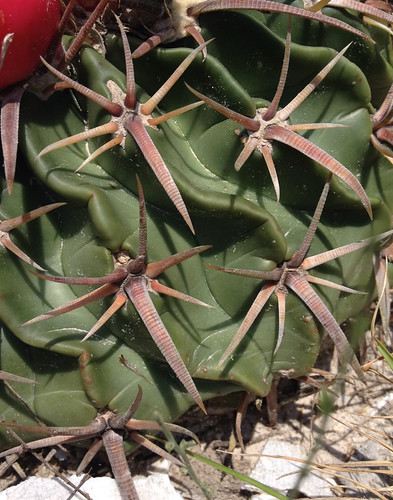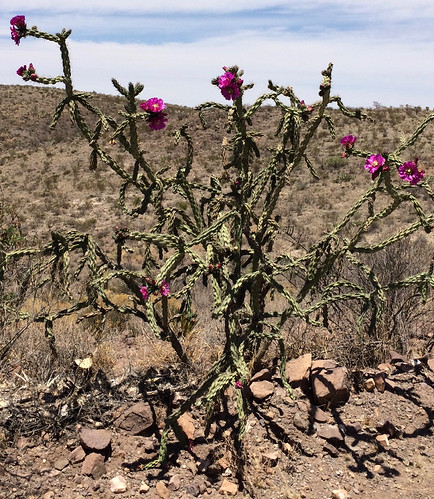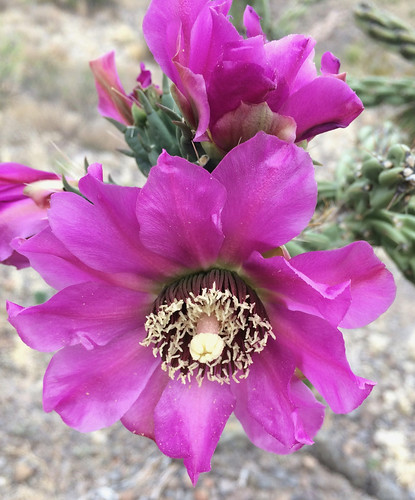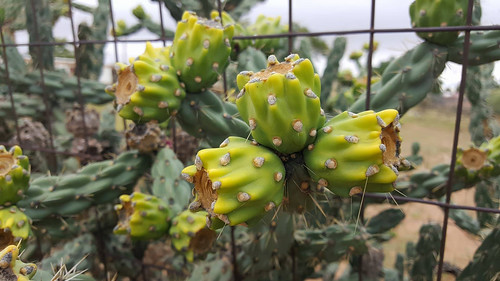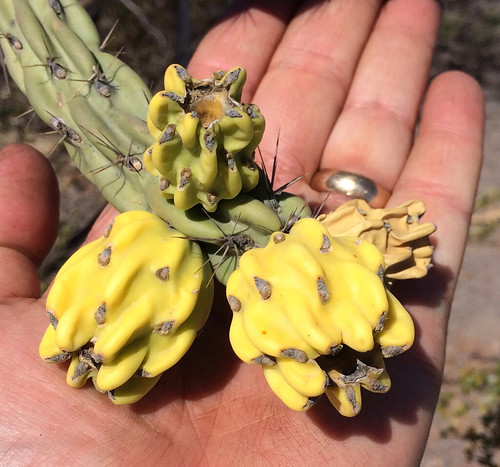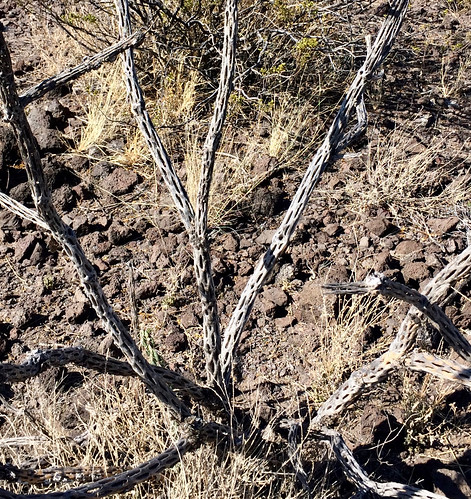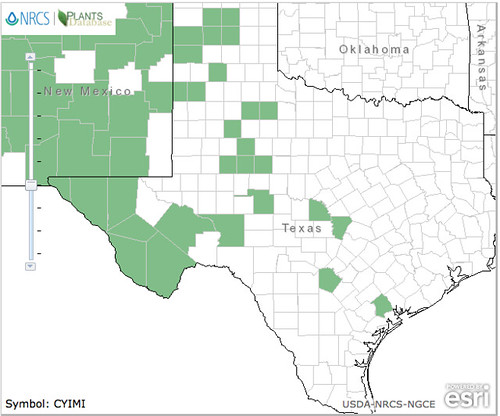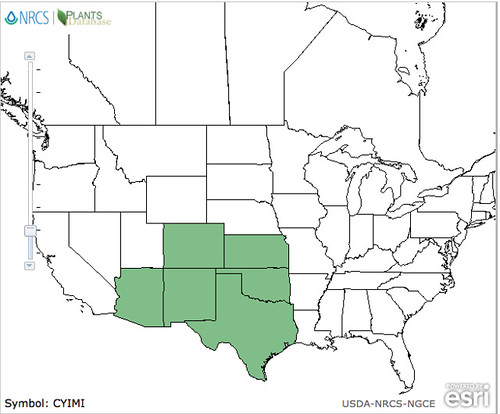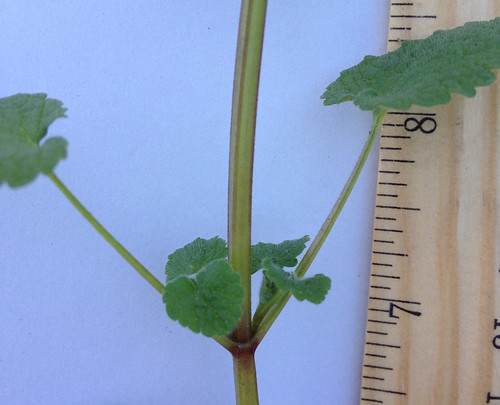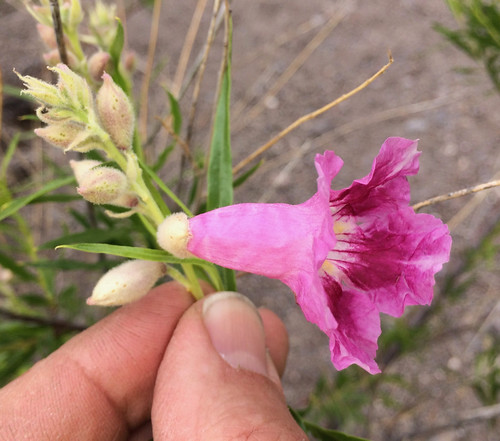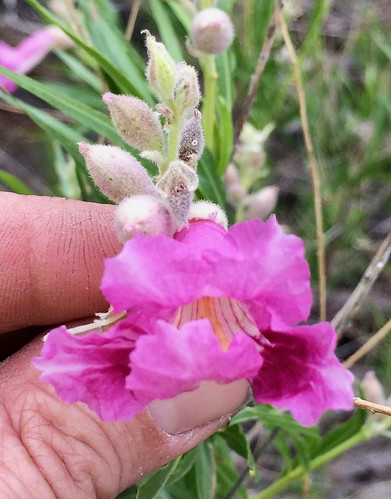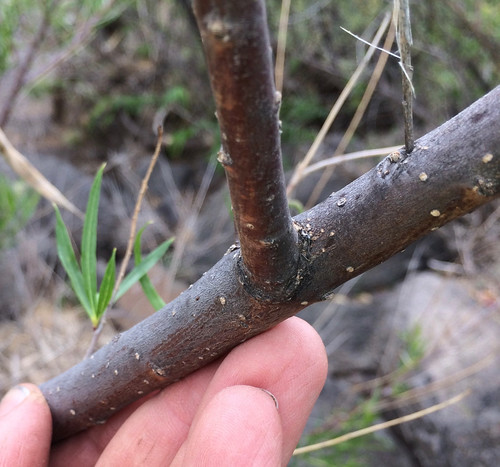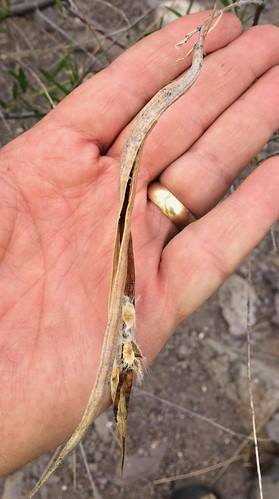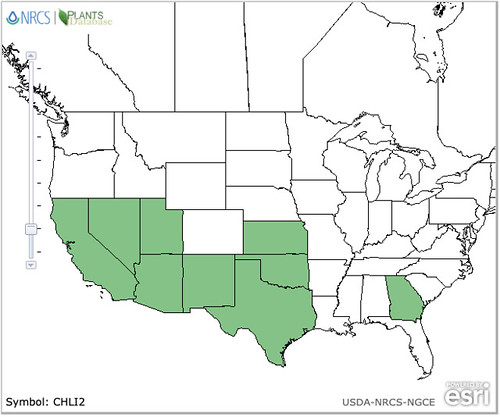Abundance: common
What: Tubers, young shoots
How: Pulp to remove starch, cook shoots
Where: Sunny areas, often in landscapes
When: summer, fall
Nutritional Value: Calories
Other uses: They will absorb pollutants/contaminants from wetlands.
Mature canna lilies in the wild.
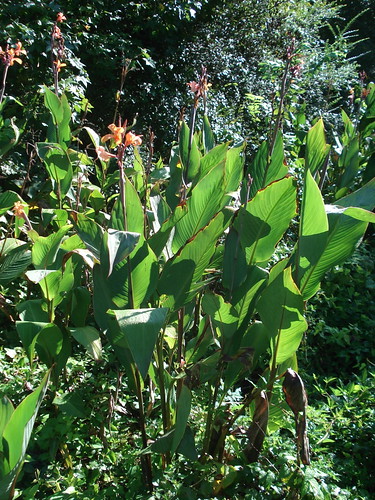
The leaves look like banana plants and can be used to wrap foods for cooking just like banana leaves.
Mature canna lilies in my backyard.
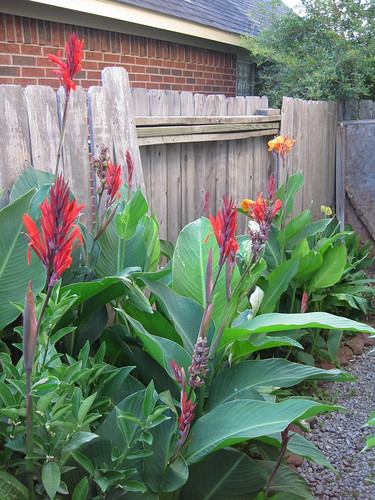
Edible tuber. Use it just like a potato.
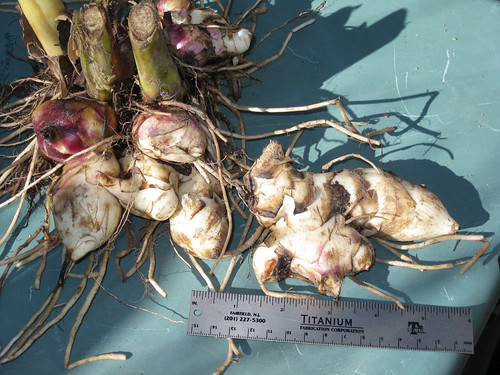
Young edible shoot.
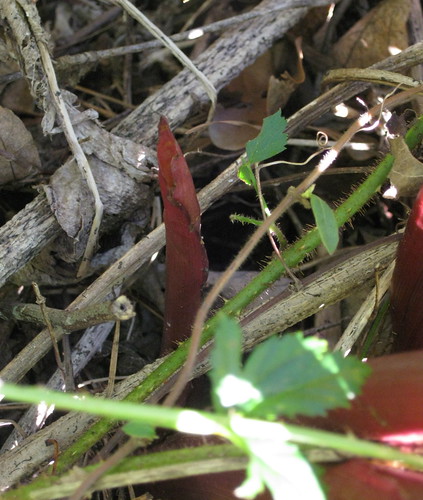
Flowers (not edible).

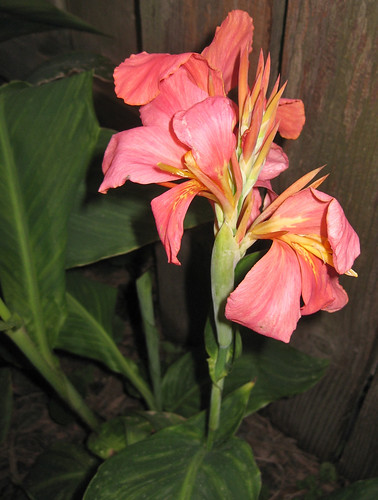

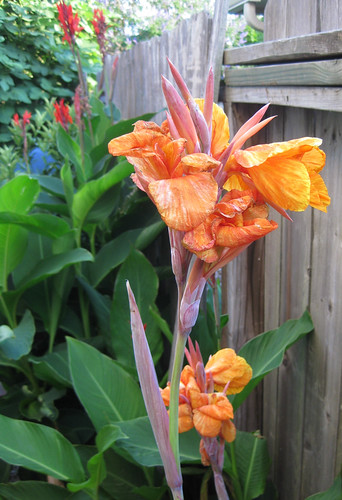
North American distribution, attributed to U. S. Department of Agriculture.
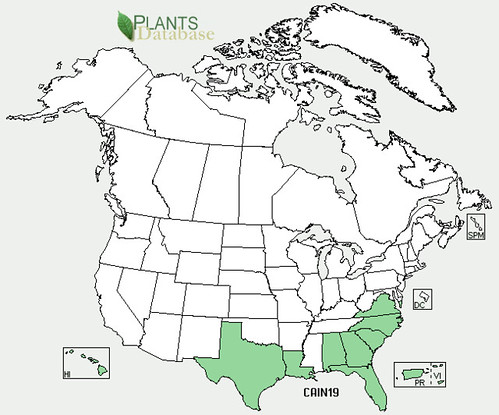
Canna lilies were a vital food source for Northwestern Native Americans and contain the highest percentage of starch of any known tuber. They can be cooked like potatoes though the natives would also make flour from them. To obtain canna lily flour slice the tubers into 1/4" disks and allow them to dry for a day or two. Then crumble these disks up in a large bowl of water. The starch (flour) will sink to the bottom of the bowl and any fiber will float to the top where it can be collected and discarded. Allow the starch to dry completely then grind/pound it into flour.
The tubers can be eaten raw but cooking them makes their starch more digestible. Traditionally they are boiled but baking in medium heat (300F) a long time gives great results. Native cultures would bury them under a fire for up to 12 hours. Cook them with their skin to keep them from drying out during cooking but then discard the skin before eating.
The starchy tubers can also be used to make alcohol, just like potatoes. A amylase enzyme of some sort needs to be added to break its starch down into sugars which can be converted into alcohol by yeast. Yeast can't change starch into alcohol.
The young shoots can be cooked and eaten like asparagus and the leaves can be used like banana leaves to wrap food for baking.
These plants are hardy and grow very well in most conditions though they prefer sun and moisture. Leaf-roller caterpillars will "stitch" the top growing leaves together resulting in stunted, ugly growth but they don't kill the plant. Just open up the leaves and remove the caterpillar. You can also cut the rolled leaves off and the plant will resume normal growth.
These plants will thrive in the southern areas of the United States but north of the Mason-Dixon line it is best if you dig up the tubers and store them in a dark, cool (but not freezing!) place then replanting them in the spring.
Buy my book! Outdoor Adventure Guides Foraging covers 70 of North America's tastiest and easy to find wild edibles shown with the same big pictures as here on the Foraging Texas website.


